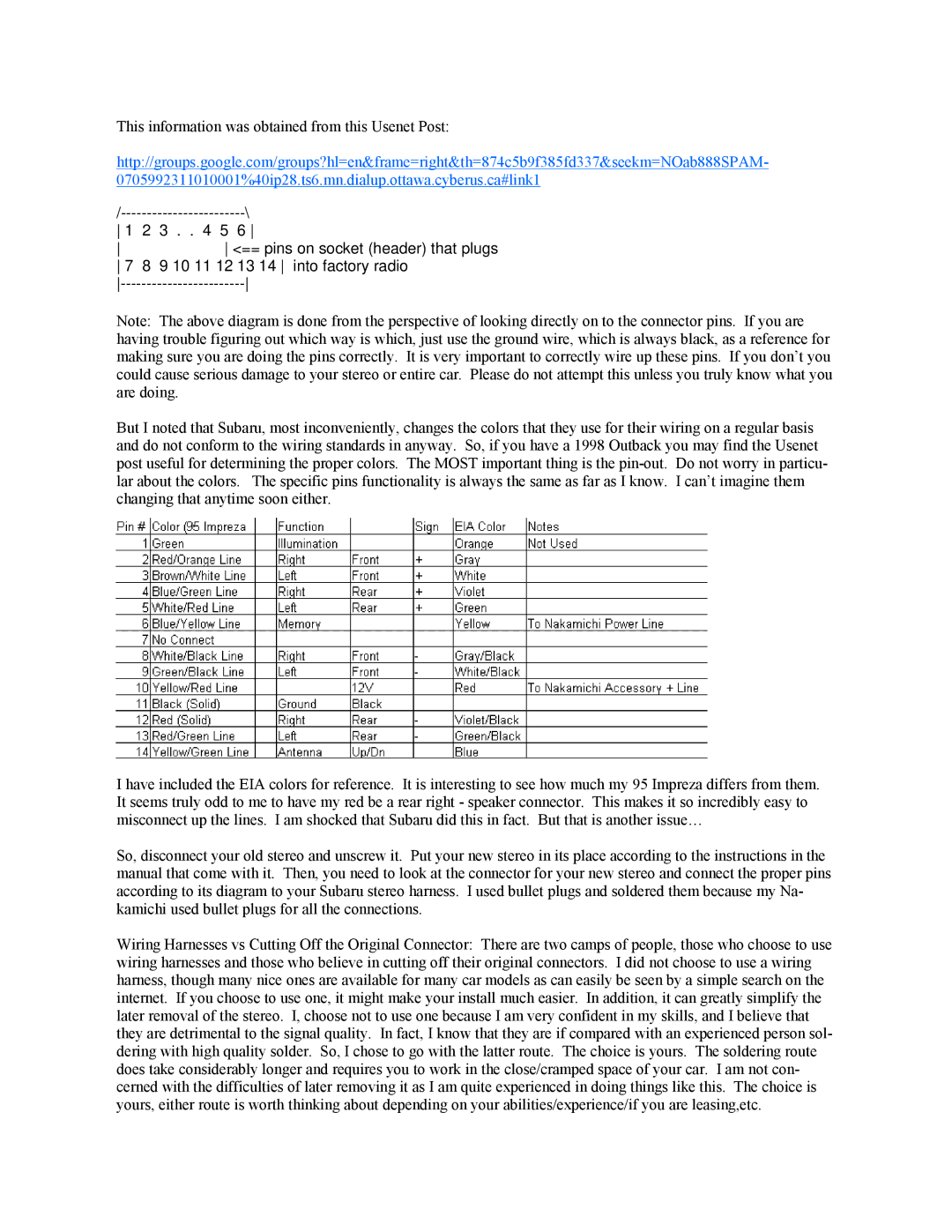CD-45Z specifications
The Nakamichi CD-45Z is a distinguished compact disc player that showcases the brand's commitment to audio excellence and innovation. Introduced in the late 1980s, this model is celebrated for its remarkable build quality, user-friendly features, and superior sound performance.One of the main features of the CD-45Z is its exceptional digital-to-analog converter (DAC). Nakamichi has a long-standing reputation for producing high-fidelity audio equipment, and the CD-45Z continues this legacy with a quality DAC that ensures accurate signal reproduction and minimal distortion. This allows for the faithful playback of music, maintaining the integrity of the original recording.
The design of the CD-45Z is both functional and aesthetically pleasing. It features a robust chassis that minimizes vibrations, thus enhancing audio clarity. The front panel includes a clear and intuitive layout with function buttons that are easily accessible. The LCD display provides essential information, such as track numbers and elapsed time, ensuring a user-friendly experience.
In addition to its stellar sound performance, the Nakamichi CD-45Z boasts several advanced technologies. The model incorporates a high-precision transport mechanism that ensures smooth disc reading and reduces the chances of skipping or errors in playback. This is crucial for maintaining audio quality, especially during high-tempo music passages or complex compositions.
Another noteworthy feature is the CD-45Z’s compatibility with various disc formats. It supports not only standard audio CDs but also CD-R and CD-RW formats, allowing users to enjoy a wide array of music collections without limitations. This versatility is particularly appealing for those who enjoy creating custom playlists or sampling recorded CDs.
Moreover, the CD-45Z includes several playback options, such as programmed play and repeat functions, which enhance the listening experience. The model also features line outputs that can be connected to other audio devices, giving users the flexibility to integrate it into their existing sound systems.
Overall, the Nakamichi CD-45Z stands as a testament to the brand’s dedication to quality and innovation in the audio realm. Its blend of premium components, advanced technologies, and user-centric design continues to make it a cherished piece of equipment for audio enthusiasts and collectors alike. For those seeking pristine sound reproduction and reliability, the CD-45Z remains a formidable choice in the world of compact disc players.

